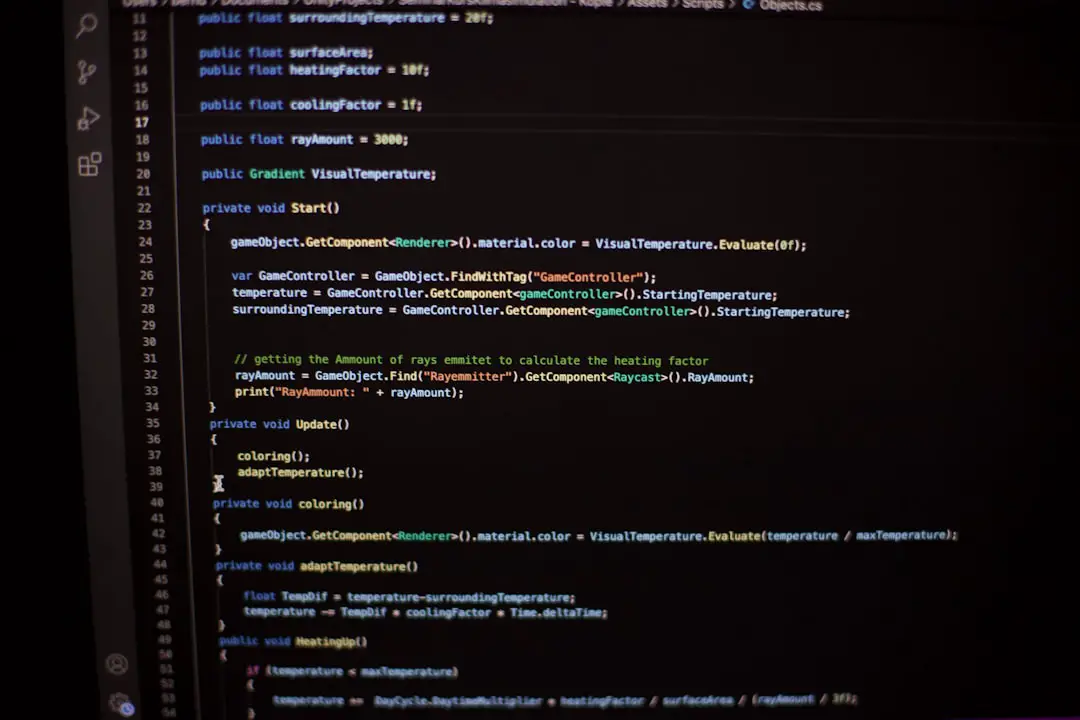When working with SQL Server, one of the most common tasks developers and database administrators face is searching for specific text within a string. This task, seemingly simple, can become quite intricate depending on the requirements of the query. Fortunately, SQL Server provides a built-in string function called CHARINDEX that simplifies the process of finding text within other text. Whether you’re debugging data, cleaning up records, or building complex logic, mastering CHARINDEX can significantly streamline your SQL queries.
What is CHARINDEX?
The CHARINDEX function in SQL Server is used to search for the position of a substring within a larger string. It returns the starting position of the substring if it’s found, and returns 0 if the substring is not present. This function is extremely useful for substring searches, conditional filters, and text manipulation.
The syntax for CHARINDEX is:
CHARINDEX ( expressionToFind , expressionToSearch [ , startLocation ] )
- expressionToFind: The substring you are searching for.
- expressionToSearch: The string within which you’re searching.
- startLocation (optional): An integer that specifies where to start the search. If omitted, the search starts at the beginning of the string.
Basic Usage
Let’s look at a simple example to illustrate how CHARINDEX works.
SELECT CHARINDEX('cat', 'The black cat sat on the mat.') AS Position;
In this example, the function searches for the substring ‘cat’ in the sentence. It returns 11 because that is the position where ‘cat’ begins within the string.
Remember, CHARINDEX always returns a 1-based index, meaning it starts counting from 1, not 0.

Using CHARINDEX With the Start Location
The startLocation parameter is particularly useful when dealing with multiple occurrences of a substring. Suppose you want to find the position of the second occurrence of a word or character.
For example:
DECLARE @sentence NVARCHAR(100) = 'Check the door, then check the lock.';
DECLARE @firstOccurrence INT;
SET @firstOccurrence = CHARINDEX('check', @sentence);
SELECT CHARINDEX('check', @sentence, @firstOccurrence + 1) AS SecondOccurrence;
Here, we first find the position of the first occurrence of ‘check’, and then use that position to search again starting just after the first occurrence. The result gives us the position of the second match.
Case Sensitivity
One important point to note is that CHARINDEX is case-insensitive by default, depending on the collation settings of your database. This means that:
SELECT CHARINDEX('Cat', 'The cat slept.') AS Result;
Will return 0 in a case-sensitive collation, but 5 in a case-insensitive collation.
You can force case sensitivity by using a binary collation like so:
SELECT CHARINDEX('Cat', 'The cat slept.' COLLATE Latin1_General_BIN) AS Result;
Always make it a habit to verify the collation settings when accurate matches are critical in your logic.
Practical Use Cases for CHARINDEX
CHARINDEX becomes extremely powerful in real-world scenarios. Below are several practical applications you might encounter as a SQL developer.
1. Extracting Text
You can use CHARINDEX in combination with other string functions like SUBSTRING to extract parts of a string. For example:
SELECT SUBSTRING('First:Second:Third', 1, CHARINDEX(':', 'First:Second:Third') - 1) AS FirstPart;
This will extract the word ‘First’ by finding the position of the first colon and using it as a boundary.
2. Input Validation
If you want to validate if a certain piece of text — like an “@” symbol in an email — is present, CHARINDEX does the trick:
SELECT CASE
WHEN CHARINDEX('@', 'user@example.com') > 0 THEN 'Valid'
ELSE 'Invalid'
END AS EmailValidation;
3. Cleaning Data
You may also use CHARINDEX to identify incorrectly formatted data or apply logic to cleanse strings that follow varying formats.

Using CHARINDEX in WHERE Clauses
CHARINDEX is incredibly useful in filtering rows based on partial string matches in WHERE clauses:
SELECT *
FROM Customers
WHERE CHARINDEX('Inc', CompanyName) > 0;
This query will retrieve all records from the Customers table where the CompanyName includes the term ‘Inc’. It’s a concise, readable way to perform searches without resorting to regular expressions.
Comparing CHARINDEX vs PATINDEX
While CHARINDEX searches for exact substrings, PATINDEX allows you to search for patterns using wildcard characters, much like LIKE in T-SQL.
Here’s a quick comparison:
-- CHARINDEX
SELECT CHARINDEX('dog', 'My dog is happy');
-- PATINDEX
SELECT PATINDEX('%dog%', 'My dog is happy');
Use PATINDEX when you need pattern matching and CHARINDEX for direct substring searches. Each has its use-case depending on your data and goals.
Limitations of CHARINDEX
As powerful as CHARINDEX is, it does have its limitations:
- It cannot search in reverse. You must use REVERSE() along with it to simulate right-to-left searches.
- It only returns the first occurrence unless managed through looping or offset position adjustments.
- It does not support wildcards or patterns. Use PATINDEX for advanced pattern searches.
Performance Considerations
Like any function in a SQL query, CHARINDEX can impact performance if misused — especially when used in WHERE clauses on large text fields or across many rows. If possible, consider:
- Adding computed columns to reduce runtime processing
- Creating full-text indexes for large-scale text search
- Avoiding use on non-indexed columns in large joins
Used wisely, however, CHARINDEX can dramatically reduce complexity and improve readability in your SQL scripts.
Conclusion
Mastering CHARINDEX equips you with a versatile tool that can handle everything from simple substring checks to complex data parsing routines. It’s one of those essential SQL functions that, while easy to start using, offers deeper utility as you explore its advanced applications.
Keep sharpening your SQL skills and experiment with combining CHARINDEX alongside other functions like SUBSTRING, LEFT, RIGHT, and PATINDEX. The richer your toolkit, the more elegant and powerful your queries will become.
